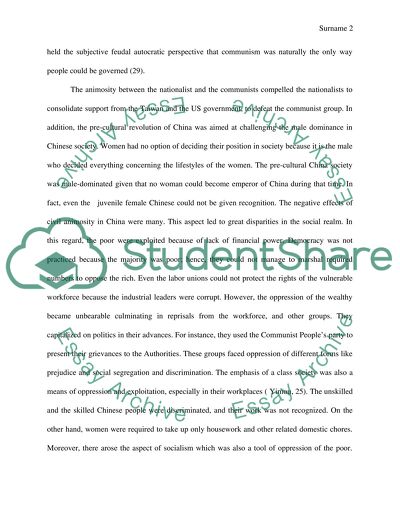Cite this document
(“Chinese history final essay based on film to live Movie Review”, n.d.)
Chinese history final essay based on film to live Movie Review. Retrieved from https://studentshare.org/history/1496767-chinese-history-final-essay-based-on-film-to-live
Chinese history final essay based on film to live Movie Review. Retrieved from https://studentshare.org/history/1496767-chinese-history-final-essay-based-on-film-to-live
(Chinese History Final Essay Based on Film to Live Movie Review)
Chinese History Final Essay Based on Film to Live Movie Review. https://studentshare.org/history/1496767-chinese-history-final-essay-based-on-film-to-live.
Chinese History Final Essay Based on Film to Live Movie Review. https://studentshare.org/history/1496767-chinese-history-final-essay-based-on-film-to-live.
“Chinese History Final Essay Based on Film to Live Movie Review”, n.d. https://studentshare.org/history/1496767-chinese-history-final-essay-based-on-film-to-live.


